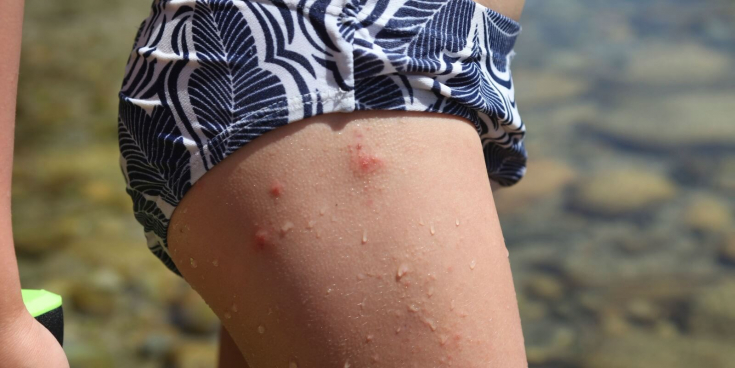At normal human skin there are bacteria that make up its microbiocenosis. If there is a violation of hygiene, a decrease in local immune reactions, a change in the nature of nutrition, the ratio of microorganisms on human skin may be disturbed, then some bacteria may become much larger than they should be in the norm.
This is how bacterial skin infections develop, in which only the superficial layers of the skin or superficial and deep can be damaged. One such infection is impetigo.
Impetigo – superficial infectious disease of the skin, which is provoked by streptococci, staphylococci or a combination of them. Read more on estet-portal.com for more information about a serious dermatological problem - impetigo.
- Risk factors and causes of impetigo
- Clinical picture and symptoms of impetigo
- How is impetigo treated
- What is the danger of impetigo: complications of diseasesnor
Risk factors and causes of impetigo
Impetigo can develop against the background of any existing skin rashes. The following factors contribute to the spread of a bacterial infection on the skin:
- poor personal hygiene;
- presence of chronic nasopharyngeal streptococci or staphylococci;
- high humidity.
Impetigo can be bullous and non-bullous. All cases of bullous impetigo, as well as most cases of non-bullous impetigo, are caused by Staphylococcus aureus. Staphylococci secrete an exfoliative toxin, which causes blistering of the skin in impetigo.
You will also be interestedbut: As evidenced by the onset and progression of pyoderma in adults
Methicillin-resistant Staphylococcus aureus in one study was found in almost a fifth of patients with impetigo.
Clinical picture and symptoms of impetigo
Non-bullous impetigo usually begins as clusters of pustules or vesicles. They open with the formation of a crust. The crust is honey colored and covers the entire lesion.
Read more of our content on on Facebook!
The presence of impetigo is accompanied by discomfort or moderate pain and itching. When scratching elements of the rash, the infection spreads to adjacent and distant areas of the skin.

Bullous impetigo has a similar clinical course. However, vesicles in bullous impetigo increase in size very quickly and blisters form. Later, these blisters break open and expose large erosions, which are also covered with a honey-colored crustta.
How is impetigo treated
The diagnosis of impetigo is based on the history and clinical examination.
If empirical therapy fails, cultural study discharges from lesions are performed. Also, a culture study is carried out in patients with a recurrent form of impetigo, in this case, the discharge is taken from the nose.
Persistence of the infection is a reason for the detection by culture of methicillin-resistant Staphylococcus aureus (MRSA).
In the treatment of impetigo, it is important several times a day to gently wash the affected area with soap and water, removing the crusts.
Limited impetigo is treated with topical antibacterial ointments with mupirocin or retapamulin. In case of extensive damage, antibacterial drugs are used orally.
When MRSA is identified, primary empiric therapy is not appropriate unless there is evidence of its need:
- susceptibility to an outbreak that is documented;
- Local prevalence of MRSA greater than 15% based on bacterial culture.
Treatment of impetigo with MRSA should be based on culture and antibiotic susceptibility testing.
Read also: A new antibiotic in the treatment of pyoderma
Therapy of impetigo has a second direction – restoration of skin barrier structures. In case of chronic carriage of staphylococcus in the nasopharynx, topical antibioticski.
What is the danger of impetigo: complications of the disease
Timely and correct treatment of impetigo ends with recovery. If left untreated, impetigo can provoke the development of:
- furunculosis;
- phlegmon;
- lymphangitis;
- hyperpigmentation;
- hypopigmentation with scarring.
When impetigo develops in children aged 2-4 years, there is a risk of developing acute glomerulonephritis when infected with nephritogenic strains of the streptococcus group A.
The main types of skin lesions in streptococcal pyoderma
According to scientific sources, antibiotic treatment is unlikely to prevent post-streptococcal glomerulonephritis, so in treatment of impetigo the most important – timeliness.
See also the video on our YouTube-channel:







Add a comment